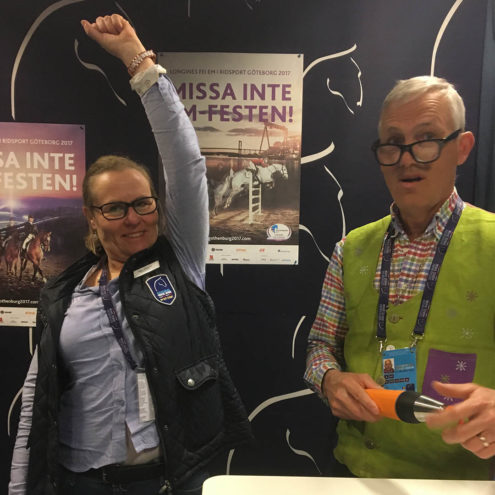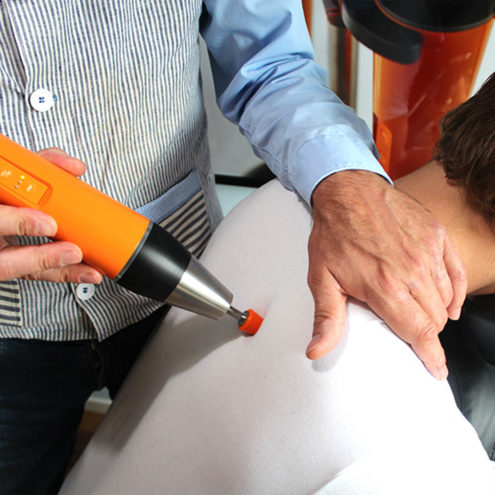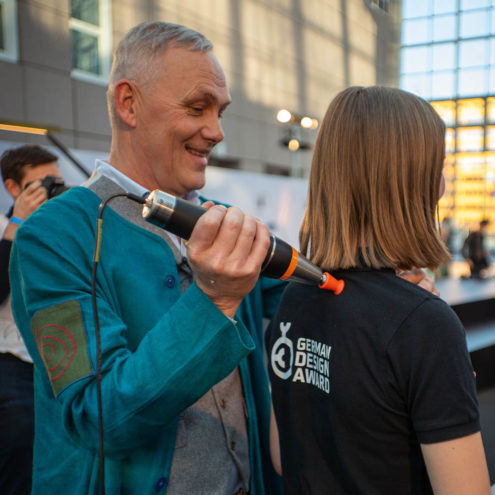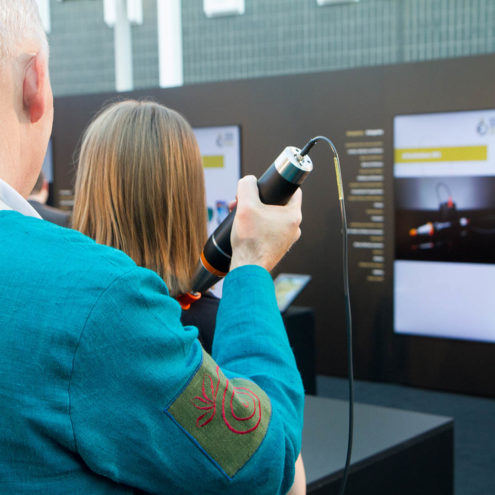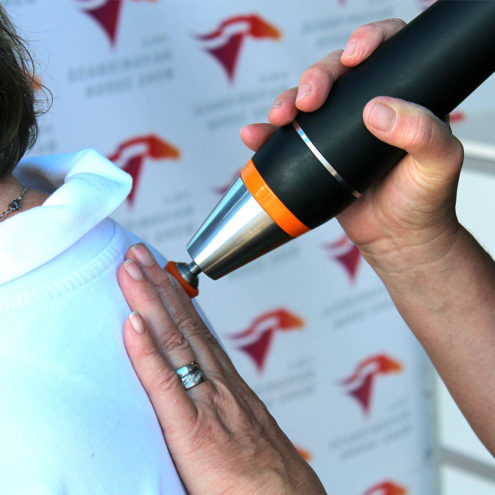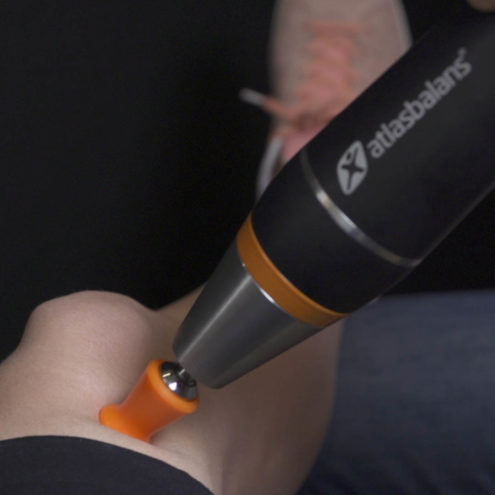10 Exercises for lower back pain

Experiencing pain or a general feeling of weakness in the lumbar spine is common today. Factors such as prolonged sitting, poor posture and being overweight often come into play. It would be a good idea to soften and strengthen the lumbar spine with the right exercises to avoid future injuries.
1. lie on your back with your feet resting on a chair, stool or similar to relieve your spine. Knees should be in a 90 degree bend. Keep your arms outstretched. Lie down for at least 15 minutes, breathing deeply. The exercise relieves the vertebrae and gravity pulls the pelvis back from its rotating position.
2. lie on your back with your knees bent. Alternatively, rest your legs on a chair, stool, bedside or similar. Place your thumbs 3-5 cm inside the corners of your hip bones. Press your thumbs firmly inwards and slightly downwards and hold. After a while you will notice that you feel the pressure in your back easing. Hold for at least 30 seconds. The exercise inhibits the tone of the hip flexors.
3. the cat position / Marjaryasana. Stand on all fours with hands under shoulders and knees under hips. Take a deep breath and let your belly sink towards the floor while lifting your head and keeping your gaze obliquely upwards. Then exhale and round your back while lowering your gaze and letting your head hang down. You should be able to see your feet. This exercise stretches the entire back of the upper body and softens the muscles.
4. Stand on all fours with hands under shoulders and knees under hips. Extend one arm forward while extending the opposite leg back. Hold the position for a few seconds and return to the starting position. Your back should be straight and your torso should be taut. Repeat the movement with the other arm and leg. The exercise stretches the lumbar spine and increases its stability.
5. Get down on all fours and round your entire back. Then straighten your back without swaying. Repeat the movement at a slow pace 10-15 times. This exercise stretches the back muscles and increases circulation. This counteracts back fatigue and strengthens the muscles to prevent excessive swaying.
6. lie on your stomach and place your hands under your forehead. Feet should remain on the floor. Slowly lift your body off the floor. Hold the position for a few seconds and then slowly descend. Try to also lift your legs while lifting your upper body. Repeat 10-15 times. The exercise strengthens the lumbar spine.
7. good morning. Stand with your feet hip-width apart and your back straight. Place your hands behind your neck. Tighten the muscles in your stomach and buttocks. Bend down pushing your hips back slowly as far as you can. Keep your back neutral to avoid injury. Your feet should not lift off the floor. Come back up by pushing your hip forward. Avoid lifting your head to keep your back in a neutral position. The exercise strengthens the lumbar spine.
8. lie on your back and place both hands on your buttocks. Alternate between pressing your back against your hands and swaying to soften the structures. The exercise softens the lumbar spine and increases circulation.
9. Lie on your back with your knees bent. Grasp both knees and pull them towards your chest. Lift your head off the floor until you feel a stretch in your back. Try to hold the stretch for at least 30 seconds. The exercise stretches and reduces the pressure between the lumbar vertebrae.
10. Lie on your back with your heels on the floor. Place your hands on one knee and slowly pull your knee towards your chest until you feel a stretch. Try to hold the stretch for at least 30 seconds. Slowly come back, switch legs and repeat. The exercise stretches and reduces the pressure between the lumbar vertebrae.
Do you have problems with your lower back?
If you experience problems with the lumbar spine, you can book treatment at the FasciaClinics. It is common to have pain in the lumbar spine and we examine and treat the cause of the problem. An analysis is made to see where compensations and oblique loads are located and how they have spread. If there is a primary misalignment in the body, it can spread further, making it easier for muscles, tendons and joints to become overstretched. Fascia treatment involves balancing the body to even out loads. A more even load thus reduces the risk of overexertion. The treatment is done both manually and mechanically with gentle vibrations. The vibration removes congestion in the fascia and starts its flow so that the cells can absorb substances more easily. This improves the body’s own ability to heal itself. The treatment does not hurt and is often experienced as very pleasant.
Book fascia treatment here.
 Search
Search


